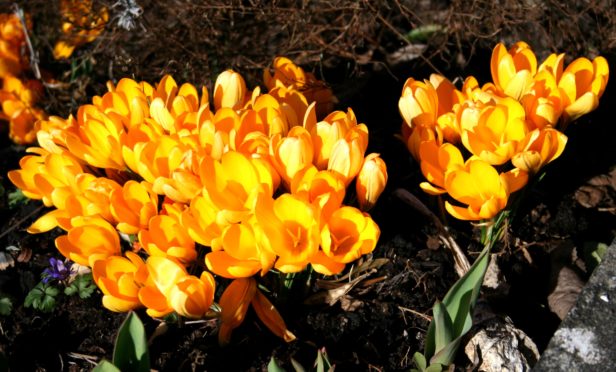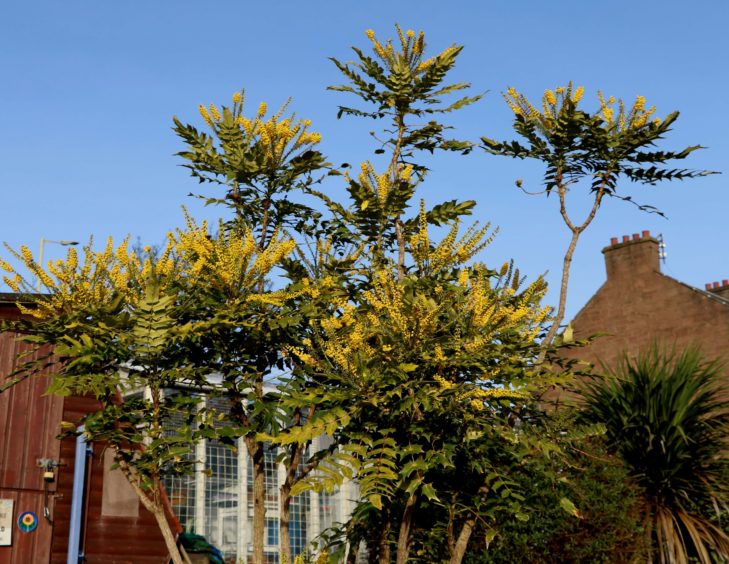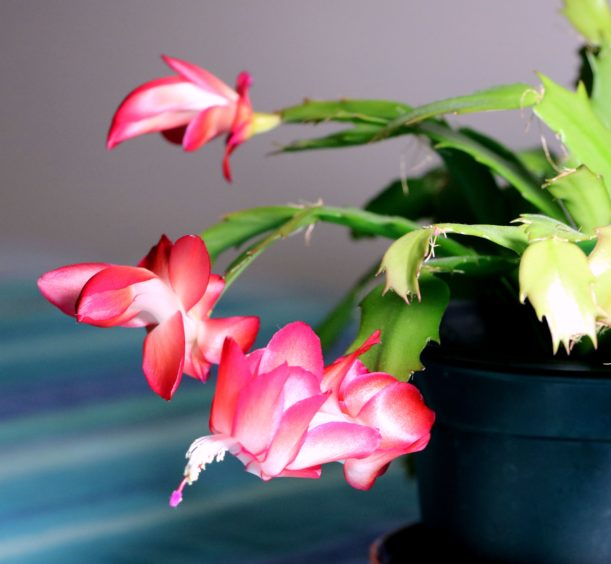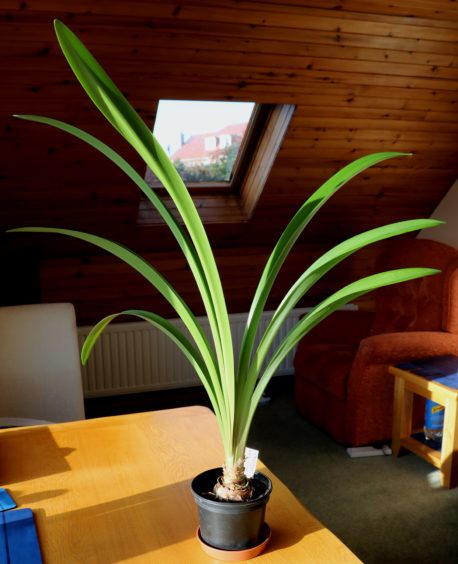In past times it was a great occasion when the first flowers appeared in winter, usually towards the end as it heralded the coming of spring.
Climate change appears to have moved us on to a new scenario.
The mild winter is no longer newsworthy as it seems to happen every winter, well at least since 2010 when the severe weather let us know what winter was supposed to look like.
The garden flowers are not complaining. In fact they have never had it better.
My snowdrops regularly start to flower at the end of December and Aconites are a mass of colour now at the beginning of February.
Both of these early bulbous plants are spreading at a great pace and allow me to pass on spare plants and seeds to those admire them.
New aconite seedlings germinated at the end of January, but won’t flower till 2023.
Gardeners learn to be patient. We started with a tray of six aconites many years ago, but can now count them as several thousand, and I still find space to sow a few more.
The crocus species usually flower ahead of the larger hybrids, but both are now coming into flower in early February.
Just hope they can keep their heads down as gales and a deep depression is forecast for middle of February.
However the polyanthus in tubs seem to be unaware of this impending storm as they are all flowering happily, and this year I only see one that appears to be getting attacked by a few vine weevils that seem to love eating their roots.
Pansies in pots outdoors are a bit further behind, but the two hanging baskets full of pansies moved into the cold greenhouse to give them some winter protection just love it and are happy to start the flowering season.
Just a bit unfortunate that the warmer atmosphere under glass also favours the greenfly and pansy leaf spot, so some careful spraying on a dull day is necessary.
At the moment there is plenty space under glass as my young lettuce crop is still small but growing and as yet my seed sowing will start in the warmth of the house for a few weeks before going into the greenhouse.
March is usually the month when greenhouse space is at a premium and anything slightly hardy goes outdoors, which is normally sweet peas, broad beans, some onions and geraniums.
My wee trial of testing the hardiness of geraniums to be left outdoors in a mild winter is going fairly well as they are all still just fine, but looking a wee bit sorry for themselves.
If they can hang on till after the storm passes good times are just a few days away.
Garden shrubs are enjoying this winter. Viburnum Dawn is in full flower as well as Hamamelis mollis, Mahonia Charity (been in flower from December), the yellow Jasminum nudiflorum and down at ground level the pink Erica carnea.
Rhododendron praecox is always very early and in previous years got caught out with late frosts.
The buds are all showing colour but are not as yet open, so fingers crossed hoping the mild winter continues.
Several garden pinks are in flower from last year’s buds which never died down in winter. There is almost enough for a bunch for the house where we can enjoy the colour as well as the scent.
Looking around the garden, everything is taking advantage of the mild weather.
Rose buds are all growing, even on those shoots I took as hardwood cuttings, and tulips are already six to 10 inches tall and some narcissus showing buds.
My companion planting experiment of Tulip Scarlet Baby and yellow saxifrage both frequently flower together in early March, but this year the tulip is still quite small but the saxifrage is now showing colour. Time will tell. Back indoors my Christmas cactus was very late.
It missed Christmas, but flowered in January and rooted geranium cutting on windowsills need tips and flower buds removed to make sturdy bushy plants.
Wee jobs to do this week
Amaryllis that flowered just before Christmas is now wanting to grow, so keep it watered and give it a feed every two to three weeks, but do not pot it up.
This will help the bulb to grow strongly through spring and into summer, but at the end of summer start to dry it off. This will give it some dormancy so it can put its energy into flower bud production ready for next Christmas.
















